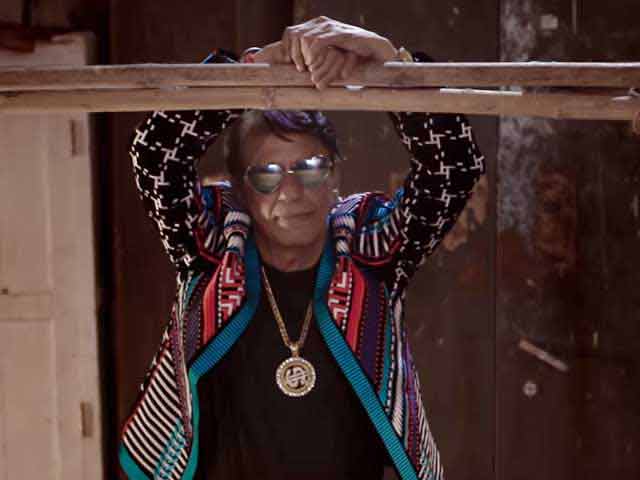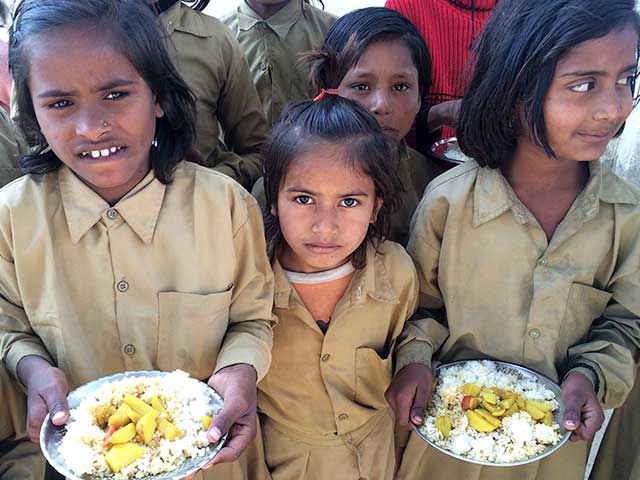After Independence, India emerged as a benevolent state. The government was Mai Baap, providing people with Kapda, Makaan and Roti. From government housing schemes to Public Distribution System for food and fuel to one of the largest public education systems, the government was the end all for many lives. They were born in government hospitals, received education, healthcare, accommodation, transport and every other basic necessity from the state.
But despite the widest network of welfare provisions, poverty still persists in India. 22 per cent of Indian populations lives below the acceptable standard of life. Half the Indians live below the poverty line. There is unequal distribution of income despite the widest system of taxation.
So, what has gone wrong? Why are people still deprived when the government takes all measures to correct the anomalies.
According the Economic Survey 2017, part of the problem were leakages and the exclusion of some poor from welfare programmes.Welfare programs can help millions in a country that has a third of the world’s poor. Some schemes work well in states like Tamil Nadu which has a tradition of better governance. The Amma Idli at 1 rupee has kept many away from starvation.
But ridden by graft and often ill-conceived, welfare may have become an easy populist tool that is a second best solution to government reluctance to embrace difficult policies, like freeing up agriculture to markets — that may make deeper inroads. Distributing television sets and cycles before election for voted does not go a long way in reducing poverty.
Like the famous instance of give a man a fish and you will feed him for a day, but teach him fishing and you give him livelihood for life. Similarly, the recent moves for skill development and micro finance for enterprises seem more appropriate to end poverty.
A benevolent state cannot afford to be a leaky bucket. Omissions, delays, corruption, red tapism bind the country in shackles of poverty. A digital economy with Aadhar and online transfer of benefits may go a long way in reducing leakage and ensuring that government benefits reach the last man in the queue.
Technology is the answer to ending poverty in a country like India. From the dunesof Rajasthan to the forests of Arunachal, technology will ensure that Delhi is able to reach the masses in each corner of India. Now farmers can check the prevalent prices of their produce in the market. Though they remain in villages, they cannot be duped by the middle men who deprive the actual growers of their fair price. ITC e-Choupal is a great initiative in this direction.
A child in hinterland can use technology to learn from the best teachers around the world. Through web learning and digital modules, these kids are exposed to the best in education. Women can sell handicrafts and artefacts to the crème in the city. Not only are the given access to the market, but e-commerce ensures that they get the best price for their work.
Through the JAM model of JanDhan, Aadhar and Mobile numbers, India can truly achieve financial inclusion and exponentially reduce poverty. As implementation was the main problem in policy effectiveness, technology will strike at the root, and ensure both effectiveness and efficiency in eradicating poverty.













